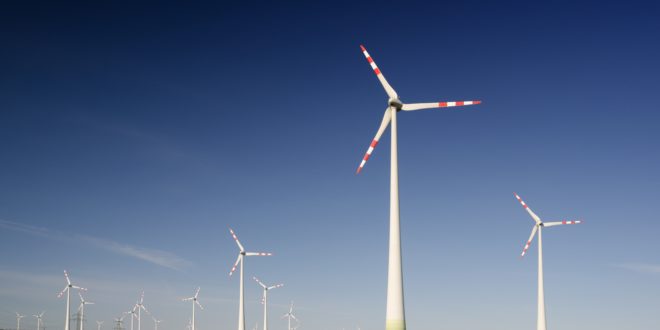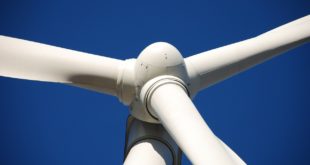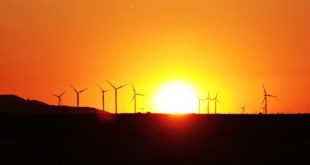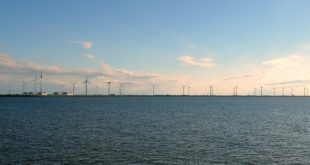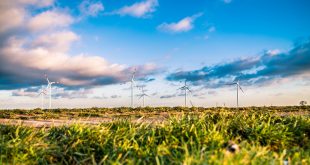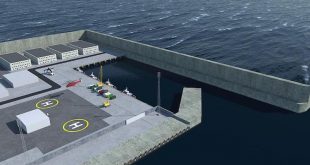When you replace a 175-foot-long wind turbine blade, what do you do with the old one?
Until recently, the only thing you could do was bury it, using close to 45 cubic yards of landfill space for each retired turbine blade. Typically made out of a composite fiberglass material to withstand hurricane-force winds, the blades don’t break down in the soil, which means they remain entombed forever where they are buried. With limited landfill space available combined with the significant growth happening worldwide in wind power, a debate has been sparked on how to make this wind power waste more recyclable.
While it may seem ironic to debate how to make wind power more green, not only is the problem real, it’s a challenge for companies due to several issues. One, the size and weight of the blades–anywhere from 100 to 180 feet long and nearly as heavy as a double-decker bus–makes them cumbersome to move unless they’re cut apart on-site. Additionally, turbine blade manufacturers typically use an epoxy product embedded with fiberglass or carbon fibers to build each blade over a core of balsa wood or polyurethane foam; this kind of construction is light and extremely strong, but can be difficult and expensive to separate for recycling.
But fiberglass composite also offers many advantages: composites have higher efficiency, lower costs, better performance, and better mechanical resistance to fatigue and corrosion than other materials used to produce wind turbine blades. They also provide a longer blade life, meaning composite blades need to be changed less often than steel or aluminum. Wind energy providers don’t see this as a conundrum; they invest in the more efficient, longer lasting blades.
As more countries move to enact 100% clean energy production by 2050, efficient, longer lasting components are a necessary part of increasing global output.
Now researchers have investigated several possible options to keep the number of blades entering landfills to a minimum. One is upcycling blades as-is into building pieces for buildings or other structures. This removes the need for separating the manufactured interior blade structure from its exterior fiberglass shell, and instead uses the turbine blade in the same form as it is removed from the tower, just in a new way. The fiberglass outer shell of the blade makes it ideal for use in harsh or wet environmental conditions where wood products might not hold up. Because of this quality, some have suggested using blades or parts of blades as affordable housing material or as bridge supports for greenways.
Additionally, Global Fiberglass Solutions (GFS), a company in Bothell, Washington has found a way to break down turbine blades to recapture their fiberglass. While not 100% efficient, this process turns the recaptured fiberglass shell of the blade into fiberglass pellets that can then be used in extrusion and injection molding processes. Currently, GFS keeps roughly 6,000 turbine blades from entering landfills at each of their plants. The company is developing a composite building panel that could be used for waterfront or marine applications, in the hope of increasing that number. Given the potential growth of the wind industry(and its waste products) that’s a good thing.
Technology writer Marla Keene works for AX Control Inc, an industrial automation supplier located in North Carolina.
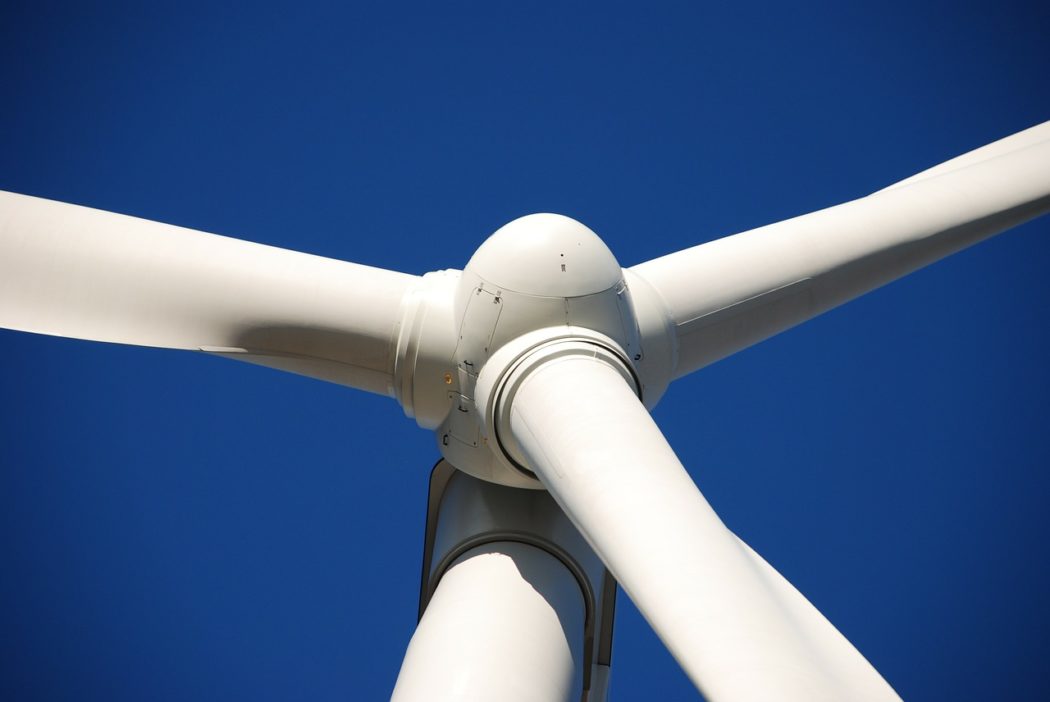
 Alternative Energy HQ solar power for homes, wind energy, and bio fuel issues
Alternative Energy HQ solar power for homes, wind energy, and bio fuel issues
